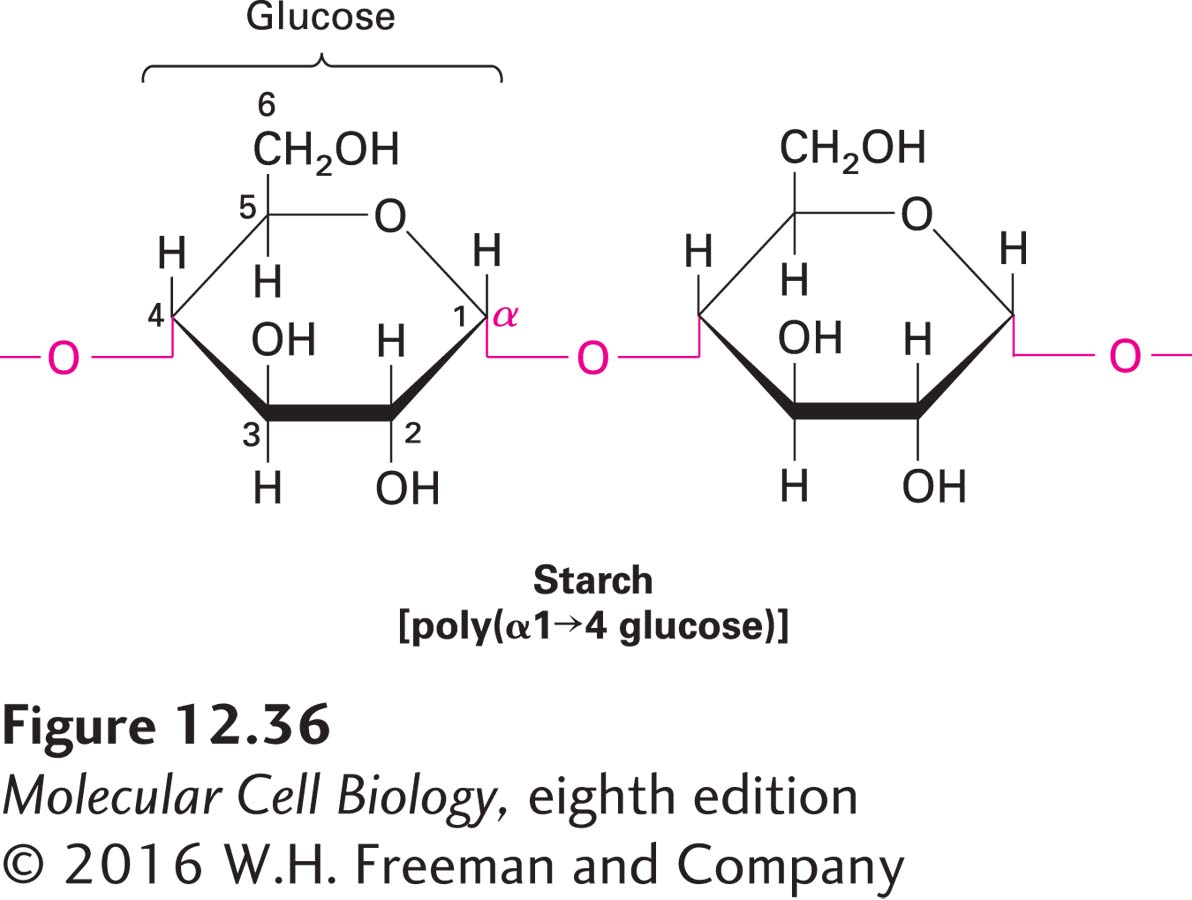12.6 Photosynthesis and Light-
560
We now shift our attention to photosynthesis, the second key process for synthesizing ATP. In plants, photosynthesis occurs in chloroplasts, large organelles found mainly in leaf cells. During photosynthesis, chloroplasts capture the energy of sunlight, convert it into chemical energy in the form of ATP and NADPH, and then use this energy to make complex carbohydrates out of carbon dioxide and water. The principal carbohydrates produced are polymers of hexose (six-
Photosynthesis in plants, as well as in eukaryotic single-
6 CO2 +6 H2O → 6 O2 + C6H12O6
is the reverse of the overall reaction by which carbohydrates are oxidized to CO2 and H2O. In effect, photosynthesis in chloroplasts produces energy-
Although green and purple bacteria also carry out photosynthesis, they use a process that does not generate oxygen. As discussed in Section 12.7, detailed analysis of the photosynthetic system in these bacteria has helped elucidate the first stages in the more common process of oxygen-
